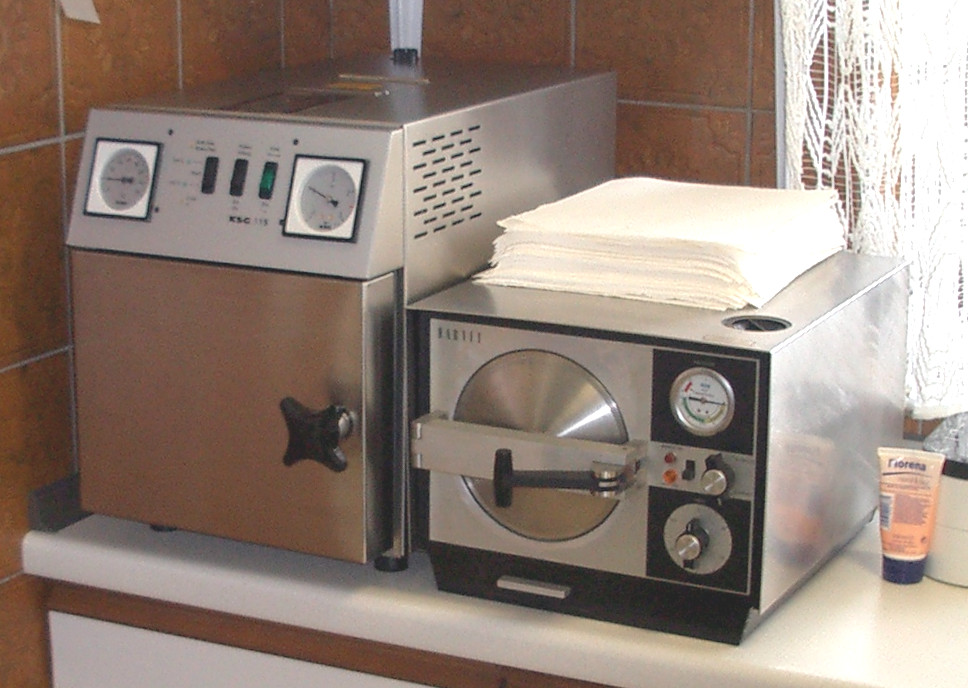While this may seem like a trivial distinction to make different wine making resources will use these terms interchangeably and it can get confusing.
Cleaning
Simply put, cleaning wine making equipment is to remove dirt and debris. This can be done by using warm water and your hands or a sponge to remove the big stuff. You don’t want to use soaps or detergents as these can leave behind a residue of their own.
What cleaning does not do is remove any micro-organisms. Cleaning by itself is not enough to ensure that you won’t have any undesirable tastes due to rogue micro-organisms.
Sanitizing

Wine making requires clean and sanitary tools and vessels (carboys and fermenters). Sanitizing, often done using chemicals, removes most micro-organisms from your equipment. “Most” being the key word.
Chemicals such as potassium metabisulfite have been used to accomplish this. However, as today there are much more effective chemicals on the market. Star San is one of the best sanitizing agents available. It’s the one I use and recommend.
To sanitize your equipment you merely dip it into a sanitizing solution. That’s it.
Many do not require you to rinse the sanitizer off before using it. However, chemicals that are not generally used in making wine should be rinsed off so that you don’t effect the fermentation or the taste of your finished wine.
Sterilizing
Sterilizing goes one step further than sanitizing. This is a process used to remove all micro-organisms. Nothing survives sterilization. Not yeast, bacteria, or fungus.

Generally speaking winemakers do not sterilize their equipment. It takes special machines and or very harsh chemicals to accomplish complete annihilation of all micro-organisms.
Chemicals such as chlorine and hydrogen peroxide can be used to sterilize equipment, however, they must be used at concentrations many times more potent than what’s available to the public.
Clean and Sanitized
Wine making equipment needs to be clean and sanitized. A quick dip of a dirty hydrometer in a sanitizing solution will sanitize the hydrometer…and the dirt that’s on it.
It’s not enough for your equipment to be merely clean either. While some micro-organisms contribute to a wine others turn it into vinegar or worse.
How to Effectively Clean and Sanitize Your Wine Making Equipment
1. In warm water use a soft sponge or your hand wipe down all surfaces. Carboys and bottles will require a brush. Do not use dish soap or detergents as these will leave a residue behind.
2. Rinse off your clean equipment to ensure all the dirt has been washed away.
3. Dip equipment into a sanitizing solution such as potassium metabisulfite or Star San.
4. Rinse off the sanitizing solution in warm water.
5. Allow your equipment to dry before using.
It helps to have a sanitized surface to work on. Setting clean and sanitary equipment down on a dirty surface will undo all the hard work you just put into your equipment.
Of course carboys and fermenters may sit on surfaces that have not been sanitized as long as the inside of these vessels remains clean. I recommend cleaning and sanitizing your work surface completely. It’s just good practice.
Cleaning and sanitizing equipment is not fun nor is it the sexy part of wine making. However, it is critical to your ability to make a stable, fine wine.
My favorite wine making quote I heard from Pier Benci, “the difference between a good bottle of wine and a great one is attention to detail”. Ensuring everything that touches your wine is impeccably clean and free of harmful micro-organisms is one of those details.
We can agree that pouring gallons and gallons of wine down a sink because some little rascal got into your wine of an unsanitized piece of equipment is unacceptable. So take your time. Make sure everything, including your hands, is completely clean and sanitized before you touch your wine.
A Word of Caution
Sanitizer does need to be handled with care. Star San, for example, is used at a ratio of only one ounce per five gallons of water. It was recommended to me that only one half ounce be used per five gallons. This should tell you just how potent a sanitizer this is if it’s still effective when mixed with that much water.
When I’m sanitizing equipment or bottles I’ll use one half ounce of Star San in five gallons of water. Though I haven’t had any skin reactions I’ll still use rubber kitchen gloves to handle equipment in this solution. Afterward I do rinse off my equipment and bottles very well.
Please read your sanitizer directions and storage instructions carefully. Needless to say keep these chemicals in a safe place away from pets and children. It’s common sense but worth mentioning all the same.
Photo of Chemiclav by: R. Engelhardt


2 Replies to “The Differences Between Cleaning, Sanitizing, and Sterilizing”
Comments are closed.